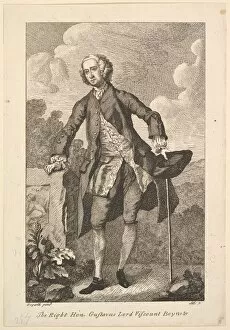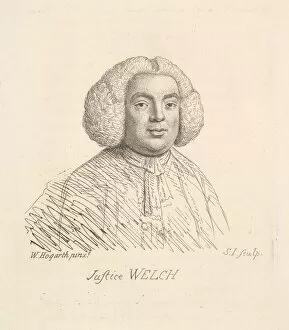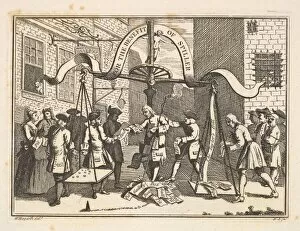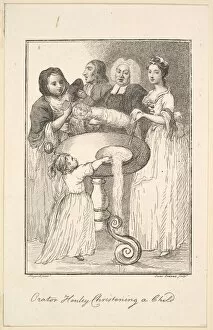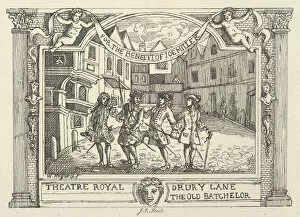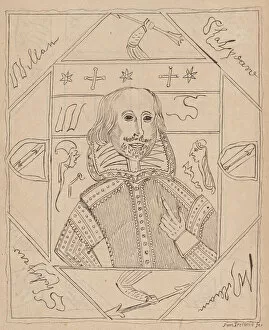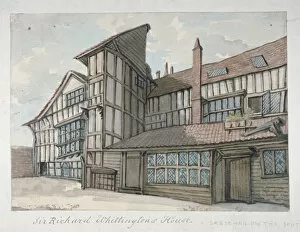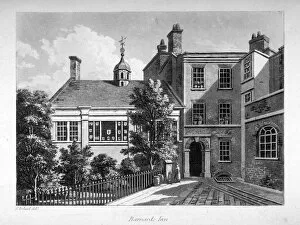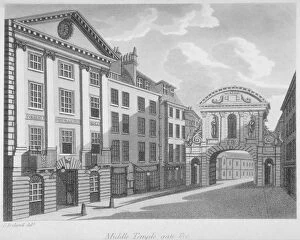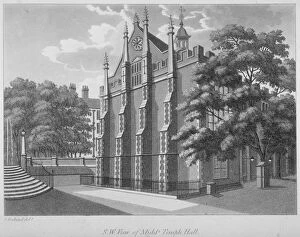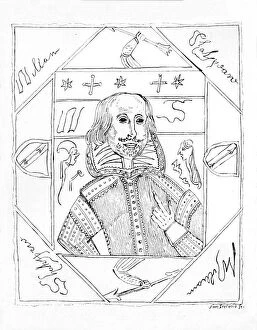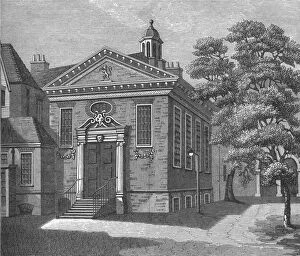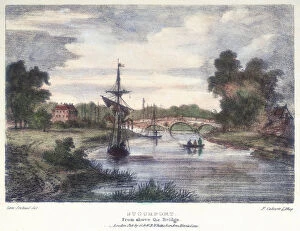Samuel Ireland Collection
Samuel Ireland: An Enigmatic Creator Step into the world of Samuel Ireland, a man of many talents and interests
For sale as Licensed Images
Choose your image, Select your licence and Download the media
Samuel Ireland: An Enigmatic Creator Step into the world of Samuel Ireland, a man of many talents and interests. Born in 1774, he was not only an artist but also a collector and forger. His works spanned various genres, showcasing his versatility and creativity. One of his notable creations is "The Right Hon. Gustavus Lord Viscount Boyne &c. " This mysterious piece from 1794 leaves us wondering about its origins as the creator remains unknown. However, it serves as a testament to Ireland's ability to capture the essence of nobility. Another intriguing work attributed to him is "Justice Welch" from the same year. This painting showcases Ireland's skill in portraiture, immortalizing this figure with meticulous detail and precision. Intriguingly, Samuel Ireland delved into literary themes as well. In 1788, he brought John Milton's epic poem "Paradise Lost" to life through his depiction of "Satan, Sin and Death (Paradise Lost, Book II). " The dark allure emanating from this artwork transports viewers into the depths of Milton's imagination. Ireland even ventured into self-portraiture with "William Hogarth, " created in 1785. Here we catch a glimpse of the artist himself – confident yet introspective – revealing his passion for capturing human expression on canvas. But Samuel Ireland wasn't just focused on art; he also dabbled in creating tickets for various events. One such example is the whimsical "Benefit Ticket for Spiller" from 1788 that showcases his playful side while promoting entertainment within society. His wife Jane also contributed her artistic skills by creating captivating pieces like "Orator Henley Christening a Child" in 1794 or designing concert tickets such as those for Marys Chappel in May 1799. However, one cannot discuss Samuel Ireland without mentioning perhaps his most controversial work – the "William Shakespeare" portrait from 1795.


